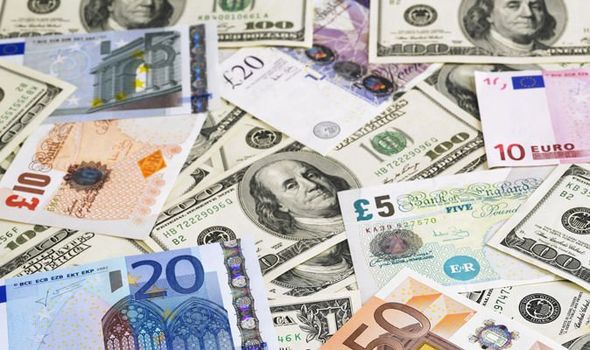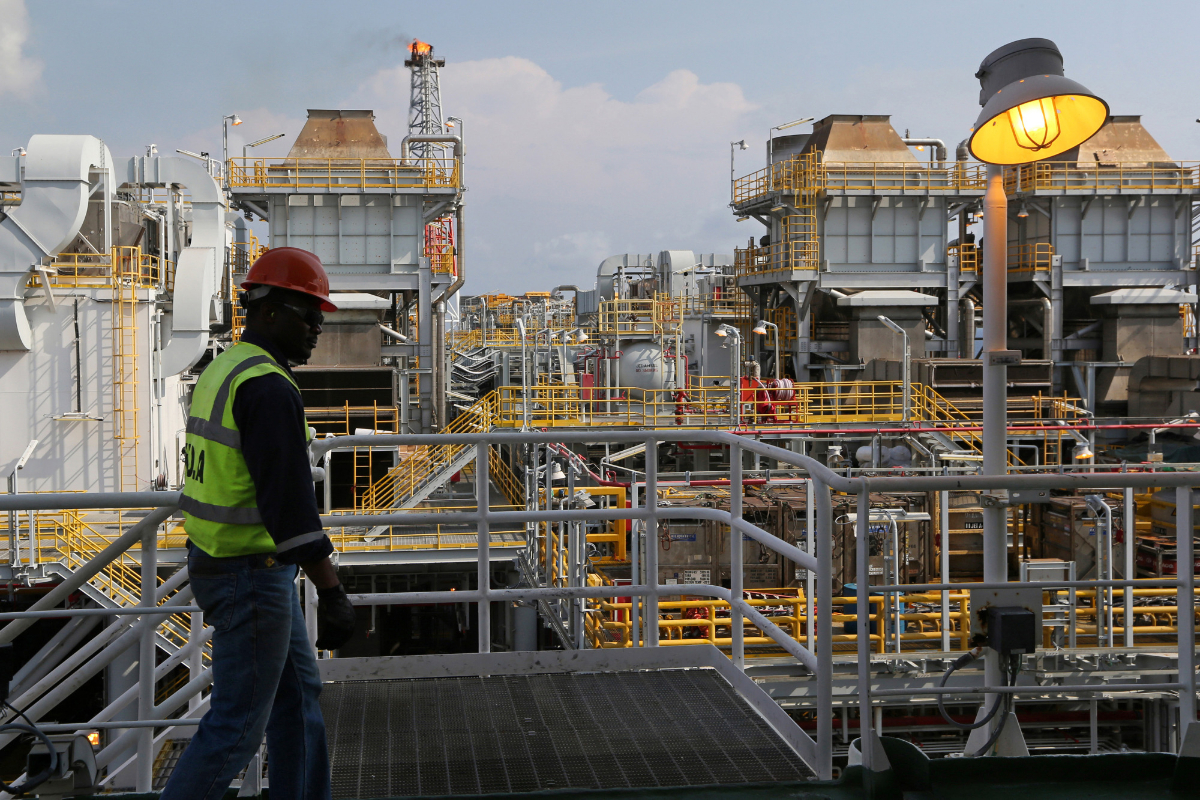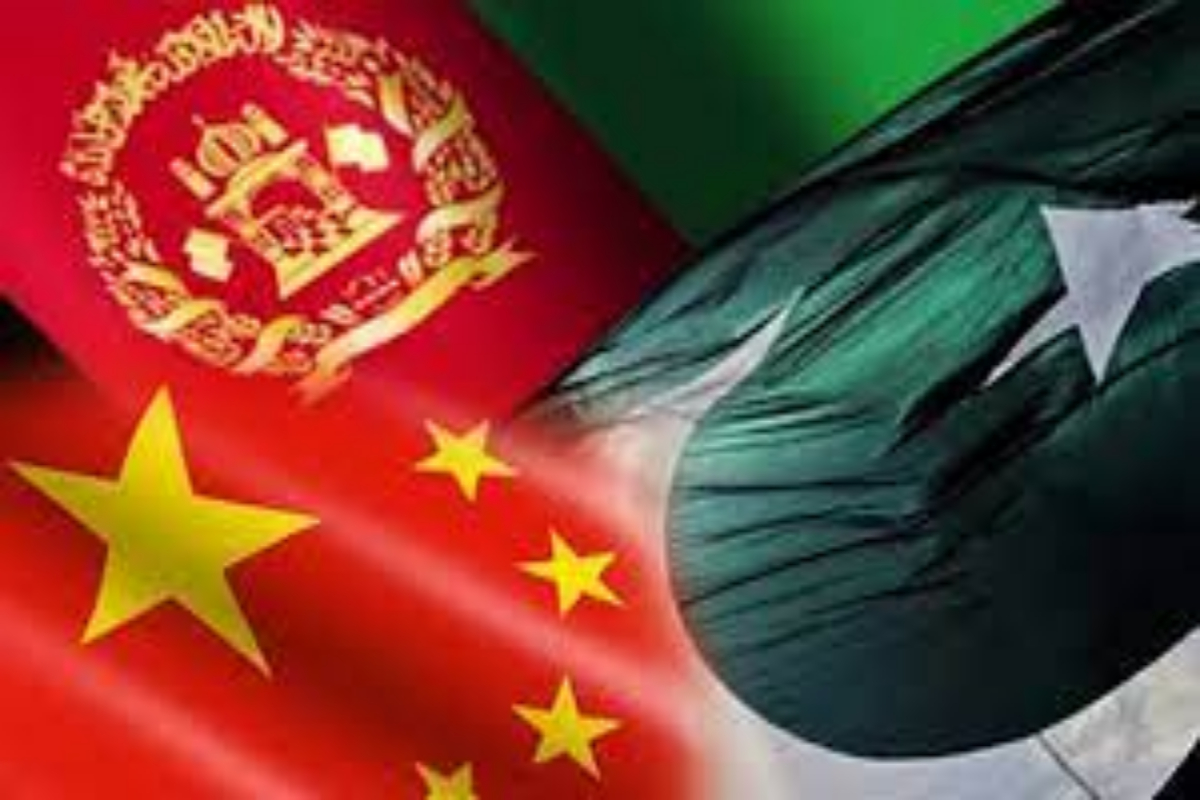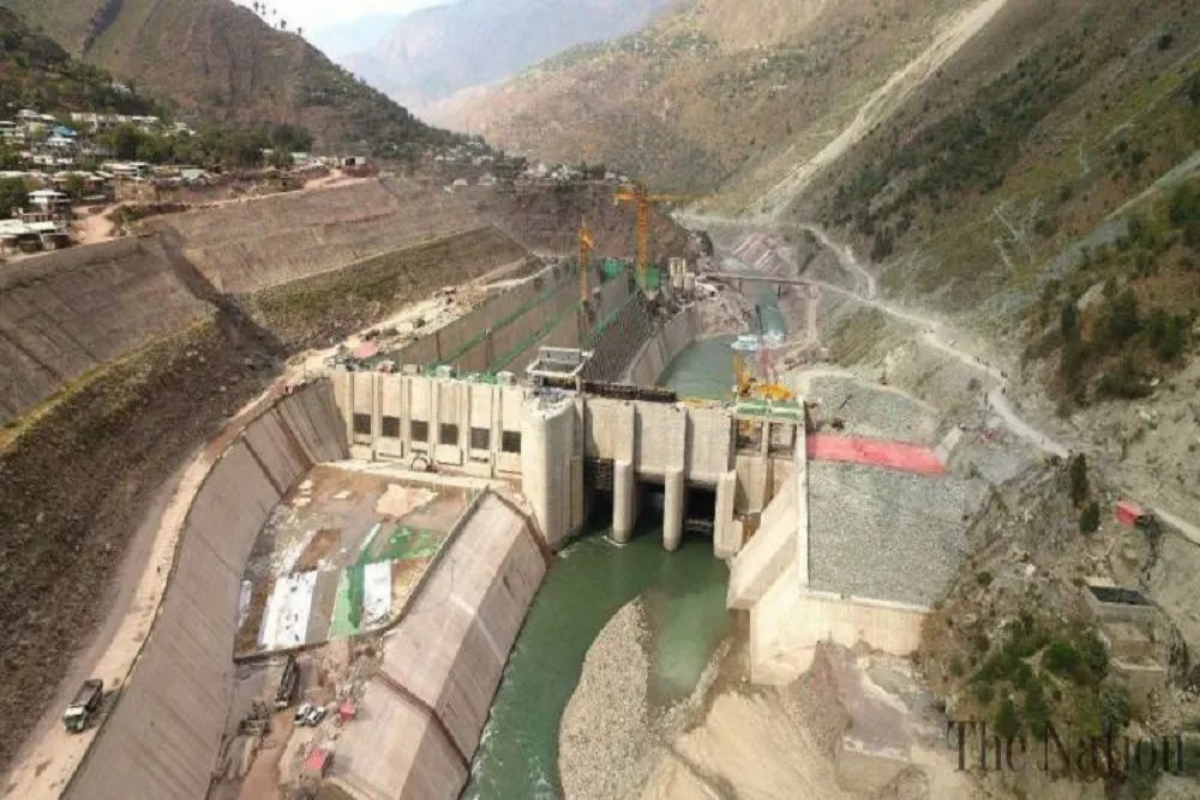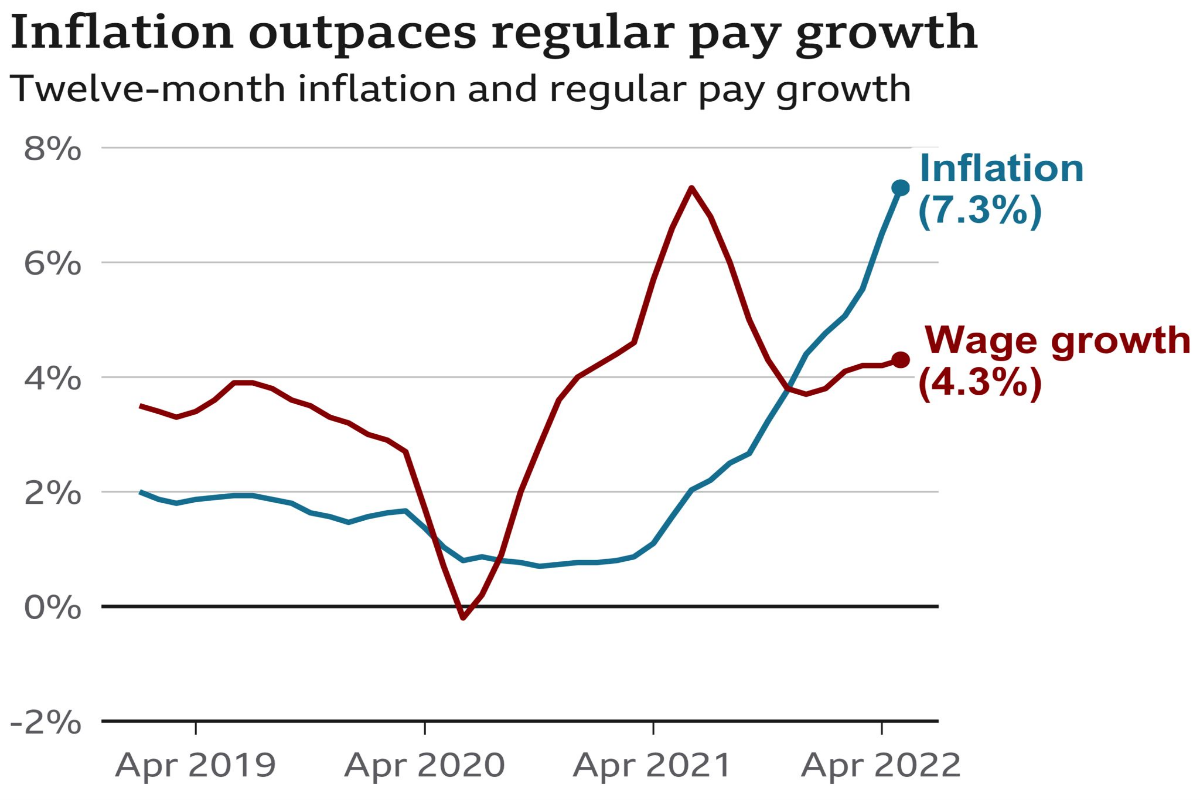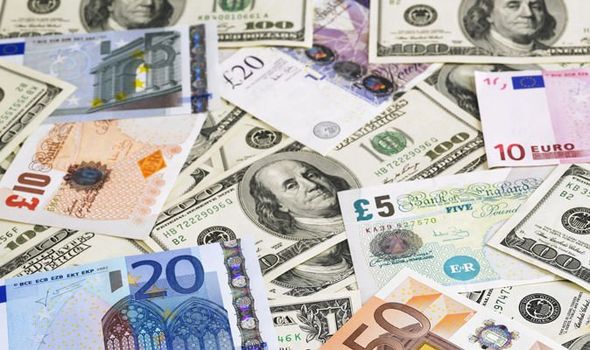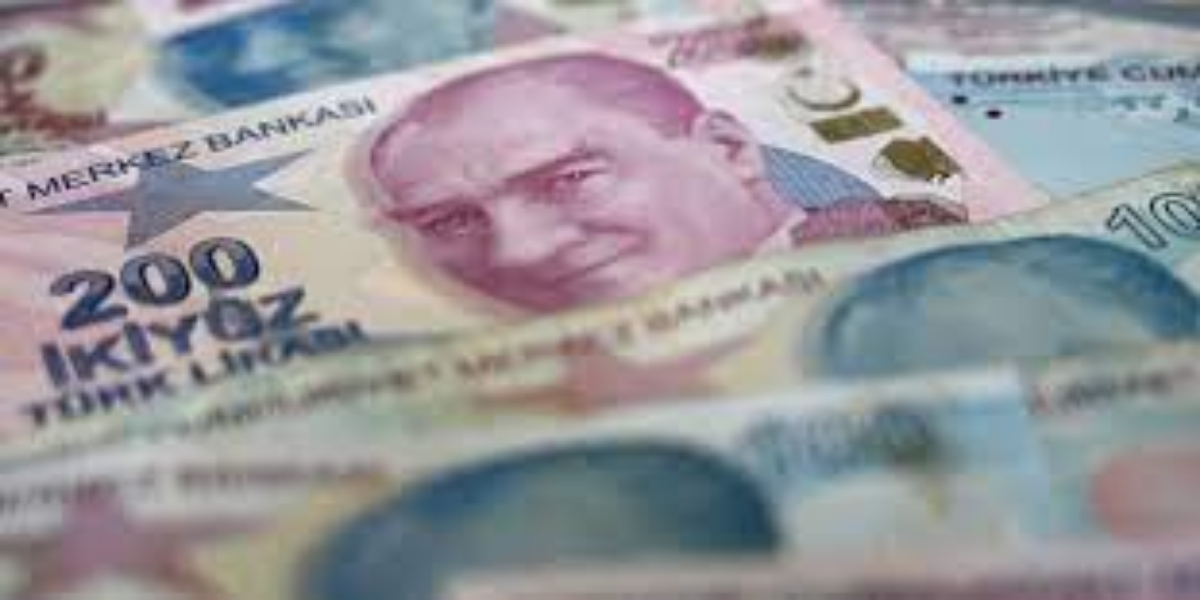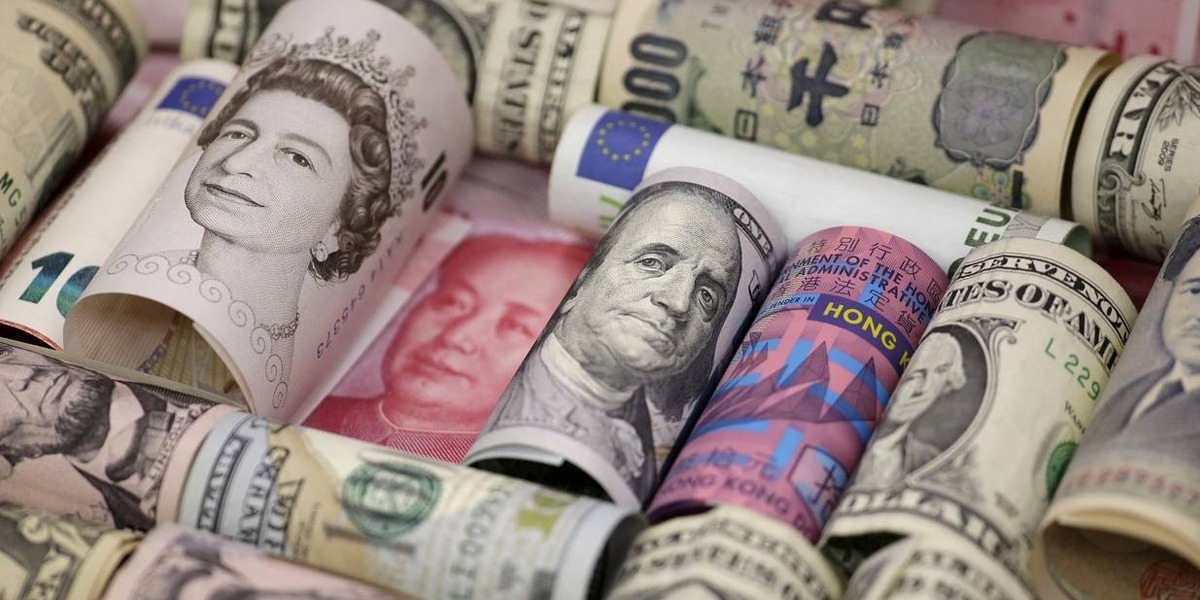- European planemaker Airbus lags US rival Boeing in Farnborough orders battle.
- Delta Airlines orders 12 Airbus A220-300 passenger jets worth $1.1 billion.
- The UK government has launched a new “Jet Zero” strategy aimed at curbing aviation emissions.
European planemaker Airbus trailed its fierce US rival Boeing in an orders battle on the second day of the Farnborough airshow on Tuesday, as southern England buckled under a record heatwave.
Airbus finally opened its orders account with a $1.1-billion order for 12 Airbus A220-300 passenger jets from Delta Airlines.
The new jets are due for delivery from 2026, and bring its total firm A220 order to 107 of the single-aisle aircraft.
However, Boeing already had the upper hand after clinching a $13.5-billion order for Boeing’s crisis-hit MAX from Delta on the first day of Farnborough on Monday.
The US carrier ordered 100 medium-haul MAX jets with an option for 30 more, and swiftly afterwards Japan’s ANA agreed to buy 20 MAX 8 jets worth $2.4 billion.
The MAX jet, which suffered two deadly crashes in 2018 and 2019, is experiencing a rush of interest at this year’s five-day Farnborough spectacle southwest of London.
Independent aviation analyst Howard Wheeldon said customers were giving the MAX a thumbs-up, at an airshow where Boeing normally saves its biggest deal for the end.
“This is a vote of confidence and a sign that they are now moving forward from the MAX crisis and in the right direction,” Wheeldon told AFP.
Boeing then won another massive boost Tuesday as investment fund 777 Partners ordered up to 66 of the MAX passenger aircraft worth a combined $8 billion.
It also sealed a $1.5-billion deal with leasing company AerCap for five more 787 Dreamliner jets.
Customers are expected to win a discount on list prices as is traditionally the case for big orders.
Emissions
Wheeldon sounded a note of caution over the post-Covid recovery despite growing sector-wide optimism over the outlook at the airshow.
“There will be other orders but none of this suggests that the industry itself is moving forward,” added Wheeldon.
“Ticket prices have risen steeply and aircraft are far from full. Shortage of staff and other skills continues to impact and there are no quick fixes.
“This is an industry that has been in turmoil because of Covid but also one that knows the pressures from other factors such as climate change and rising costs are not easily solved.”
Aviation analyst John Strickland said the latest edition of Farnborough — the first since 2018 — was not “flush” with orders.
But “it marks a moment of rehabilitation for Boeing”, he added.
Farnborough this year partly focuses on the themes of decarbonisation and sustainability in a sector often criticised for its impact on emissions and climate change.
The UK government has launched a new “Jet Zero” strategy and vowed that aviation emissions should not return to pre-Covid levels.
The plan, presented by Transport Secretary Grant Shapps at Farnborough, requires UK domestic aviation and English airports to attain net zero carbon emissions by 2040.
Yet environmental campaign group Greenpeace has slammed the strategy as a short-term move that shifted responsibility away from government.
Greenpeace UK programme director Emily Armistead dismissed the plan as “vague aspirations to technological innovation”, which would fail to cut emissions in the short to medium term.
She accused the government of failing to have the courage to regulate aviation emissions.
“This isn’t a plan to do that, just a delaying tactic and a very expensive waste of time,” she added.
[embedpost slug=”airbus-expects-delivery-delays-for-engines-to-peak-in-the-middle-of-the-year/”]

